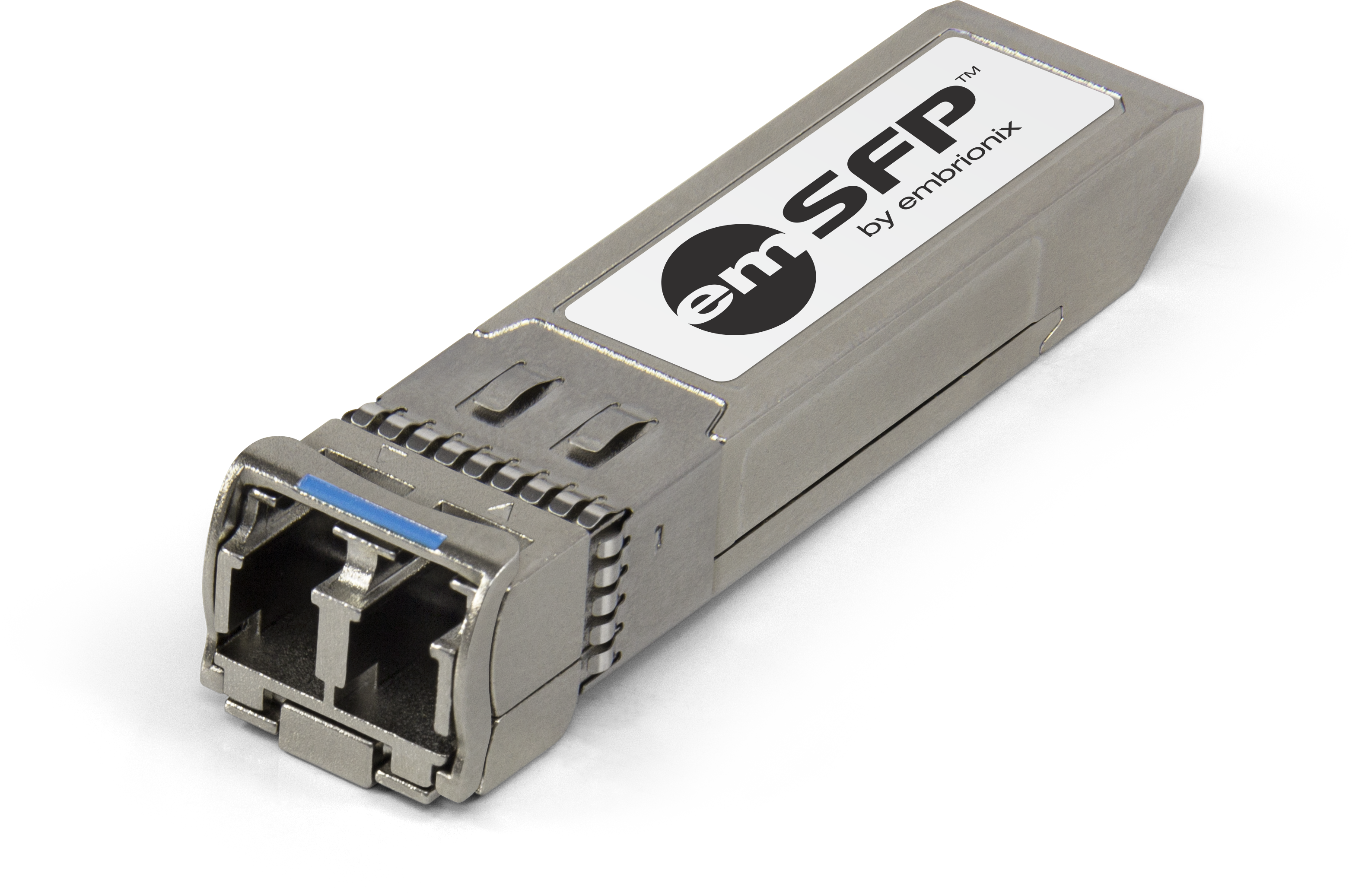You could probably make a new issue in a wishlust repo that uses markdown checkboxes or something similar. Would be good if you already host Gitea or another git sever.
CubitOom
- 1 Post
- 49 Comments
deleted by creator
You probably won’t be able to run an LTS kernel on a brand new PC that just hit the market. But using the most recent kernel for arch or a derivative like endevorOS should work after like a week maximum.
I did have an issue like this on Ubuntu and its what made me actually start distro hopping since it worked fine on fedora and Arch using the latest kernels.

 1·23 days ago
1·23 days agoDigging in a bit. It looks a bit different than I thought it did on my end.
I periodically use Kodi to backup my metadata to an NFO file. But I guess I forgot to script that and haven’t actually done that in a while. When Kodi scrapes the metadata it preprends the
mpaavalue with the stringMPAA Rated. I did this to make it more obvious if the rating was scraped correctly since I’ve seen kodi attempt to scrape before but then just record the value as null.-
Inside Out didn’t have an NFO that Jellyfin was reading from. But Jellyfin is set to scrape its own metadata from all avaliable sources. I just didn’t enable it to write its own NFO file since I want the files that Kodi makes to take precidence and not be overwritten be Jellyfin. So for the case of insde out, it’s pulling the correct rating without any changes. As seen in this desktop screenshot.
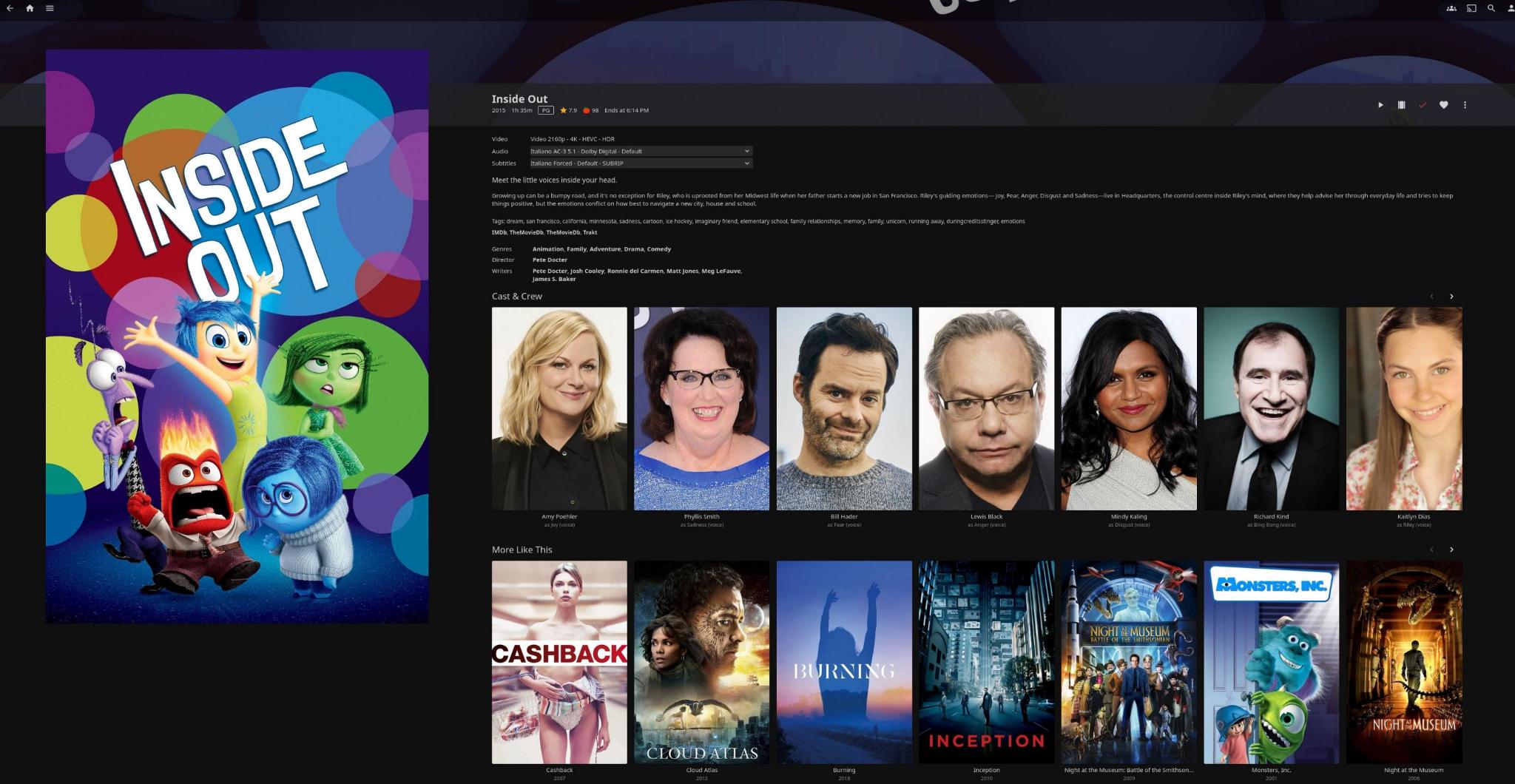
-
A Boy and His Dog, on the other hand does have a nfo from Kodi and it does have that MPAA rating on jellyfin with the prepended string as seen in this screenshot and in this bit from the nfo file.
<?xml version="1.0" encoding="UTF-8" standalone="yes" ?> <movie> <title>A Boy and His Dog</title> <originaltitle>A Boy and His Dog</originaltitle> <ratings> <rating name="themoviedb" max="10" default="true"> <value>6.300000</value> <votes>309</votes> </rating> </ratings> <userrating>0</userrating> <top250>0</top250> <outline>A young man and his telepathic dog wander a post-apocalyptic wasteland.</outline> <plot>Set in the year 2024 in post-apocalyptic America, 18-year old Vic and his telepathic dog, Blood, are scavengers in the desolate wilderness ravaged by World War IV, where survivors must battle for food and shelter in the desert-like wasteland. Vic and Blood eke out a meager existence, foraging for food and fighting gangs of cutthroats.</plot> <tagline>A rather kinky tale of survival.</tagline> <runtime>90</runtime> <thumb aspect="poster" preview="https://assets.fanart.tv/preview/movies/4917/movieposter/a-boy-and-his-dog-5e3fe50ad3787.jpg">https://assets.fanart.tv/fanart/movies/4917/movieposter/a-boy-and-his-dog-5e3fe50ad3787.jpg</thumb> <mpaa>MPAA Rated R</mpaa>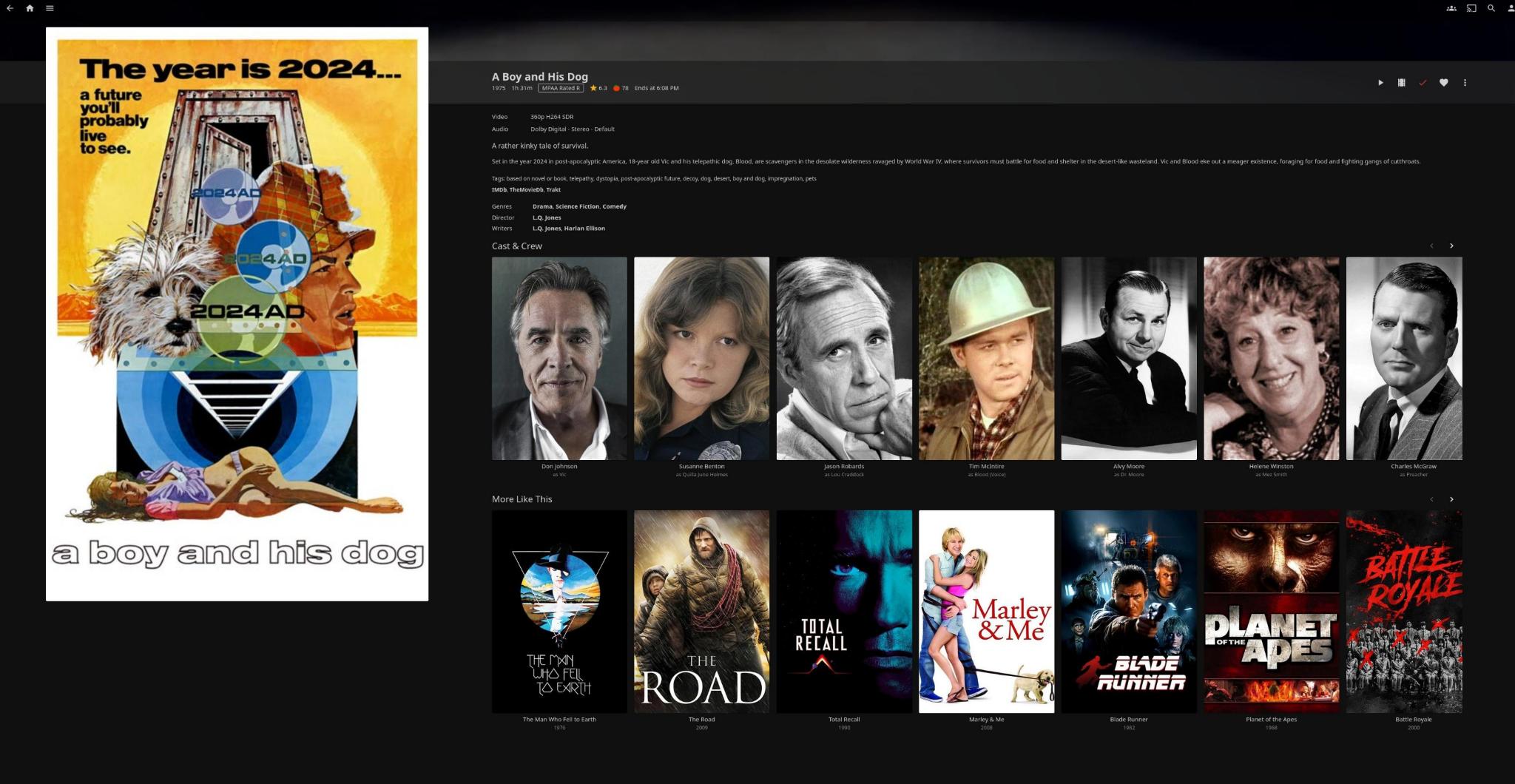
- Burning has a nfo file from Kodi. But the MPAA key is null in the NFO file. So there is no prepended string. However jellyfin still scraped the MPAA rating for it’s self and correctly labeled it as seen in this screenshot and nfo.
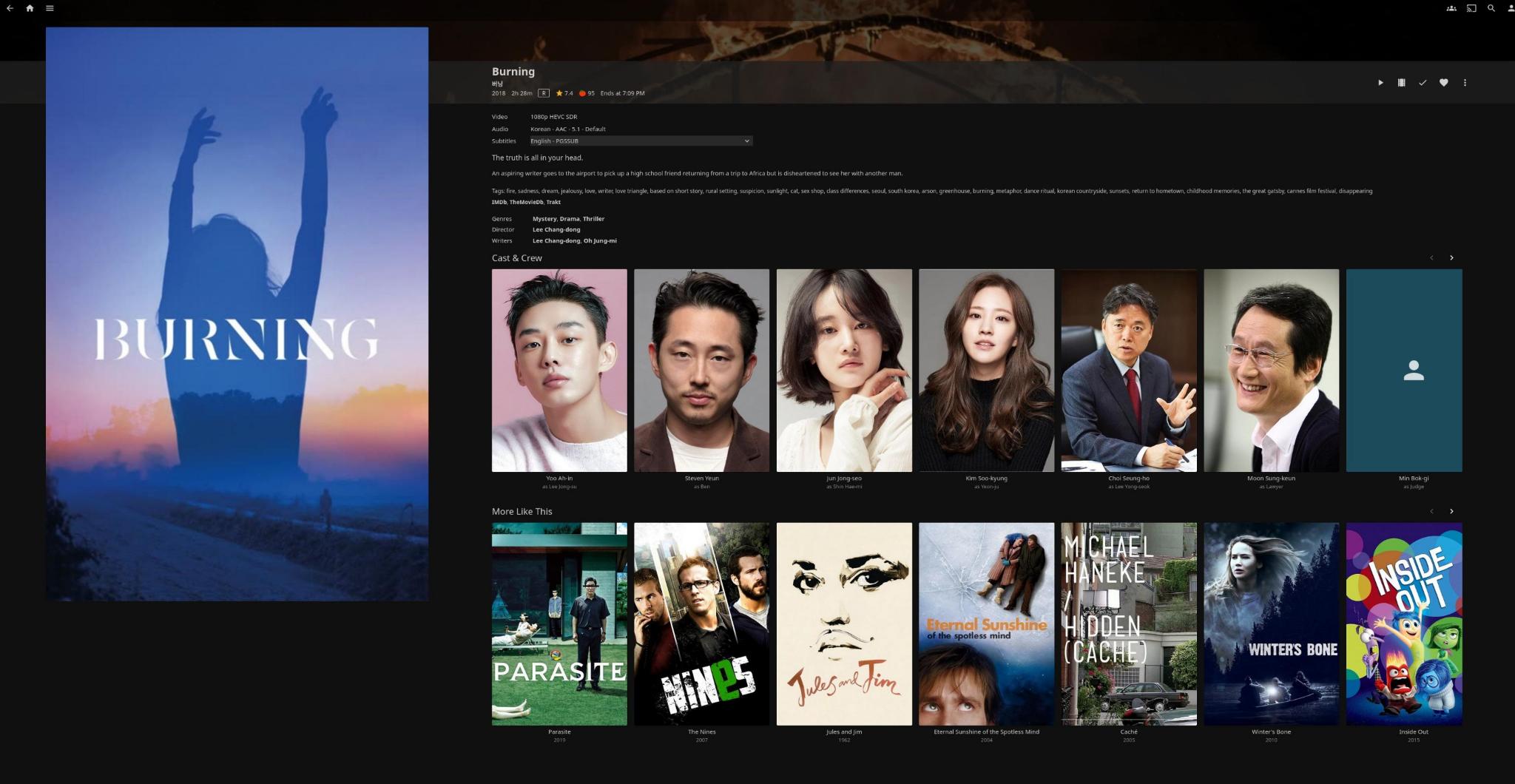
<?xml version="1.0" encoding="UTF-8" standalone="yes" ?> <movie> <title>Burning</title> <originaltitle>버닝</originaltitle> <ratings> <rating name="themoviedb" max="10" default="true"> <value>7.400000</value> <votes>1440</votes> </rating> </ratings> <userrating>0</userrating> <top250>0</top250> <outline>Jong-su bumps into a girl who used to live in the same neighborhood, who asks him to look after her cat while she's on a trip to Africa. When back, she introduces Ben, a mysterious guy she met there, who confesses his secret hobby.</outline> <plot>An aspiring writer goes to the airport to pick up a high school friend returning from a trip to Africa but is disheartened to see her with another man.</plot> <tagline>The truth is all in your head.</tagline> <runtime>148</runtime> <thumb aspect="poster" preview="https://image.tmdb.org/t/p/w500/kXiF80o74fE9gf3Utf9moAI7ar0.jpg">https://image.tmdb.org/t/p/original/kXiF80o74fE9gf3Utf9moAI7ar0.jpg</thumb> <mpaa></mpaa>So I guess I have 2 questions.
- Does the string I put in the rating distort the recommendation system?
- Does the recommendation system prioritize a local nfo file even if the value for the MPAA key is null when jellyfin actually has the correct rating in its cache?
-

 1·23 days ago
1·23 days agoI’m not 100% sure what the detail page is but here is the page I see when selected.
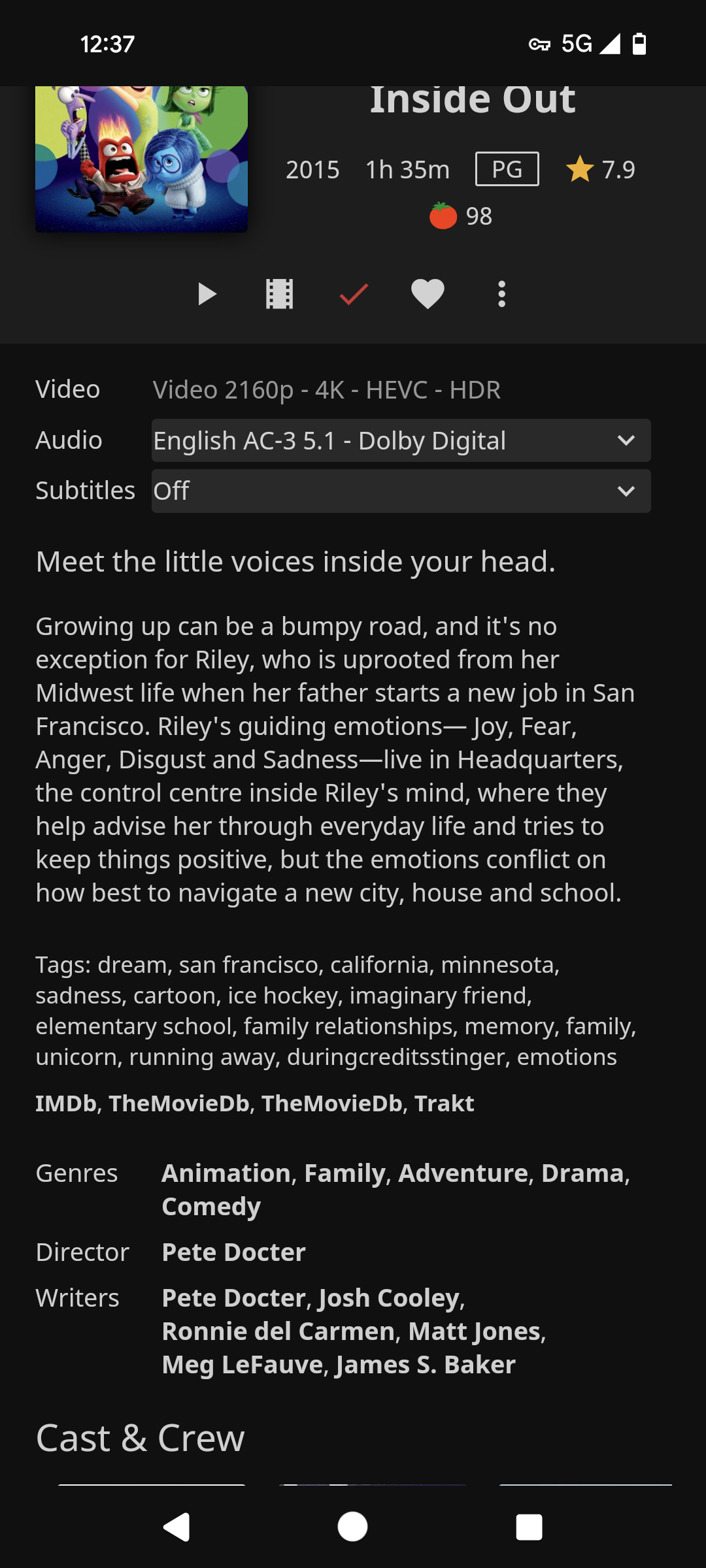
I think I have Jellyfin mostly at the default setings, with one exception. I did change the name of the key for the rating variable in the metadata to be ‘MPAA rating’ instead of the default which I think was ‘rating’ before since I found it confusing. So if the current recommendation calculation is using that variable then I guess it would be null for all my media.
Also, here is the metadata jellyfin shows.
Inside Out (2015) Container: mkv Path: /mnt/ext4/film/film/Movies/Inside Out (2015).mkv Size: 5022 MB Subtitle Title: Italiano Forced - Default - SUBRIP Language: ita Codec: SUBRIP Default: Yes Forced: Yes External: No Video Title: Video 2160p - 4K - HEVC - HDR Codec: HEVC Profile: Main 10 Level: 150 Resolution: 3840x2160 Aspect ratio: 16:9 Interlaced: No Framerate: 23.976025 Bitrate: 7401 kbps Bit depth: 10 bit Video range: HDR Video range type: HDR10 DV title: DV Profile 8.1 (HDR10) DV version major: 1 DV version minor: 0 DV profile: 8 DV level: 6 DV rpu preset flag: 1 DV el preset flag: 0 DV bl preset flag: 1 DV bl signal compatibility id: 1 Color space: bt2020nc Color transfer: smpte2084 Color primaries: bt2020 Pixel format: yuv420p10le Ref frames: 1 Audio Title: Italiano AC-3 5.1 - Dolby Digital - Default Language: ita Codec: AC3 Layout: 5.1 Channels: 6 ch Bitrate: 448 kbps Sample rate: 48000 Hz Default: Yes Forced: No External: No Audio Title: English AC-3 5.1 - Dolby Digital Language: eng Codec: AC3 Layout: 5.1 Channels: 6 ch Bitrate: 640 kbps Sample rate: 48000 Hz Default: No Forced: No External: No Subtitle Title: English Forced - SUBRIP Language: eng Codec: SUBRIP Default: No Forced: No External: No Subtitle Title: Italiano - SUBRIP Language: ita Codec: SUBRIP Default: No Forced: No External: No Subtitle Title: English - SUBRIP Language: eng Codec: SUBRIP Default: No Forced: No External: NoPS: I scrape my metadata from themoviedb.org in Kodi and then export that to an xml file of the same name, Jellyfin seems to find and use that.

 3·24 days ago
3·24 days agoTotally, I saw the fallout show and decided to re-watch a boy and his dog.

 6·24 days ago
6·24 days agoJust over 1000 fims

 2·2 months ago
2·2 months agoIn TBD, it’s not a “release” until its production ready. The methodology and philosophy doesn’t prevent you from developing multiple feature branches at once or even deploying a work in progress feature branch to a dev environment.
All TBD requires in that case is once the feature branch is production ready, it’s merged to the trunk. You may need to add a feature toggle if there are multiple release like for different architectures. And you also might benefit from using git tags and deploying to production from a git tag instead of the most recent commit on a branch.
Exactly what you need to do is going to depend on the project’s exact needs but TBD is totally possible in that example.

 9·3 months ago
9·3 months agoI recommend adding ollama under the artificial intelligence tag.

 12·3 months ago
12·3 months agoI for one am glad that it was deemed safe for 3 year olds to be indebted to creditors.

 5·4 months ago
5·4 months agoYou might want to give emacs a shot
Damn, the Talos principle was a good game

 24·4 months ago
24·4 months agoToo bad the phrase fork bomb is already taken

 2·4 months ago
2·4 months agoYeah needed it for my monitor. I didn’t want to figure out USB passthrough so I just installed Windows on a > 50,000 powered on hours HDD and booted from that. Then once I was done I put it about as far away as I could from my PC.

 1·4 months ago
1·4 months agoYou are right. But proxmox and many of the other suggestions aren’t vms either.

 62·4 months ago
62·4 months agoIf you are dipping toes into containers with kvm and proxmox already, then perhaps you could jump into the deep end and look at kubernetes (k8s).
Even though you say you don’t need production quality. It actually does a lot for you and you just need to learn a single API framework which has really great documentation.
Personally, if I am choosing a new service to host. One of my first metrics in that decision is how well is it documented.
You could also go the simple route and use docker to make containers. However making your own containers is optional as most services have pre built ones that you can use.
You could even use auto scaling to run your cluster with just 1 node if you don’t need it to be highly available with a lot of 9s in uptime.
The trickiest thing with K8s is the networking, certs and DNS but there are services you can host to take care of that for you. I use istio for networking, cert-manager for certs and external-dns for DNS.
I would recommend trying out k8s first on a cloud provider like digital ocean or linode. Managing your own k8s control plane on bare metal has its own complications.

 4·4 months ago
4·4 months agoI think there is a place for this on lemmy

 6·4 months ago
6·4 months agoBoost also has ads

 12·5 months ago
12·5 months agoUse whatever you want for personal. But I would suggest trying to use containers for hosting if you haven’t already. It really blows the idea of needing a stable OS out of the water since you can just declare everything you want in a config file and tear down and spin up with the app you need ready in less than a minute.
You can use Ubuntu still of course in a container. But things get really interesting when you use smaller attack surface distros like Alpine, BusyBox, or even a distroless container.

Its not new tech but you’d most likely only see this in a datacenter or buildings with 10 Gb connections as this is fiber optic cabling. One would need an SFP to actually connect it to the port however. Also the tips of the fiber were probably scratched when installing it into the vent holes so the whole cable will probably be replaced and then fixed, so there are multiple failures here.
This is what an SFP looks like.